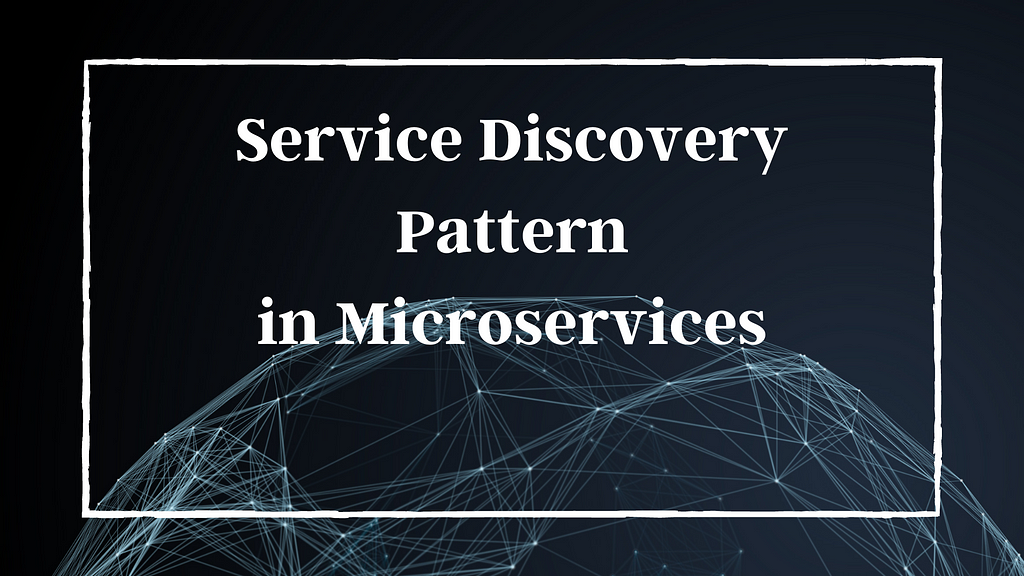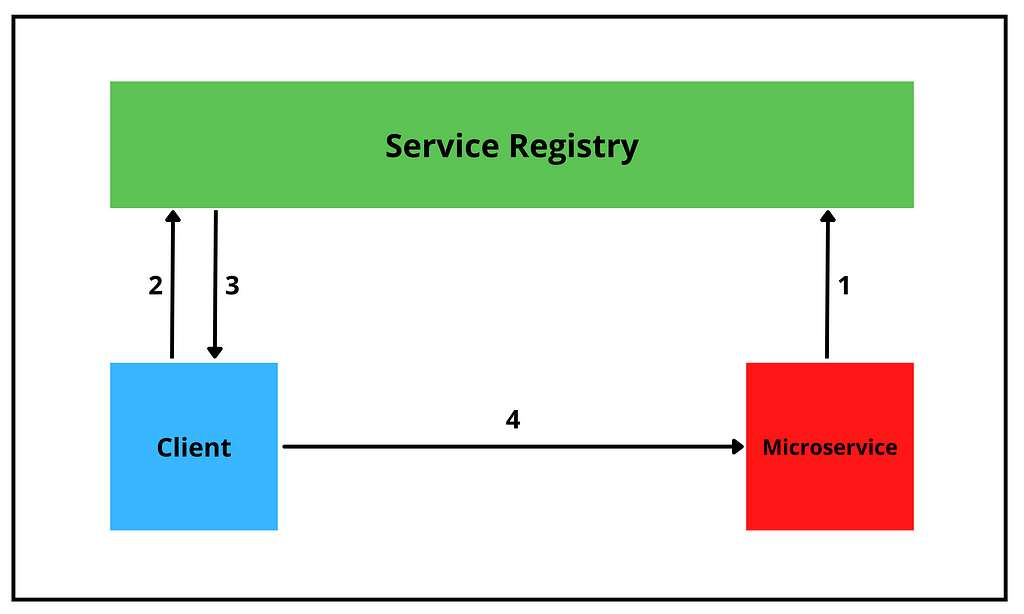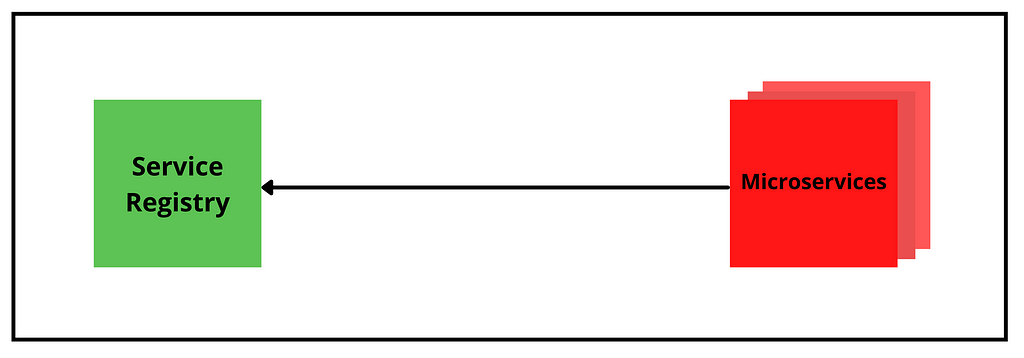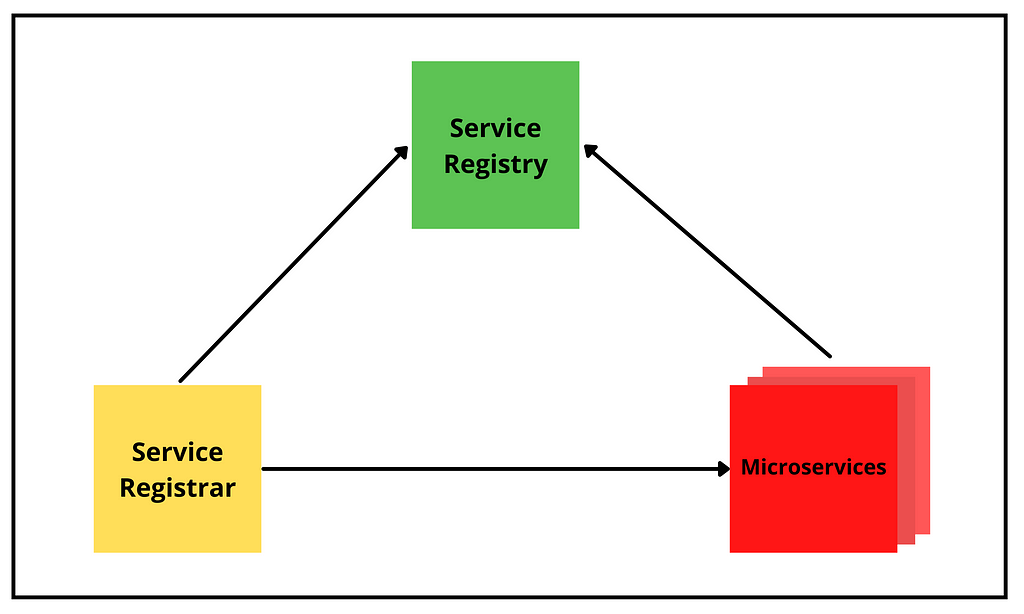This content originally appeared on Bits and Pieces - Medium and was authored by Chameera Dulanga
How to Use the Service Discovery Pattern in Microservices

Microservice architecture is widely used in modern applications, and it has more advantages than those found in monolithic architecture. However, Microservices also come with several challenges. One such challenge is finding the locations of services since they often change dynamically.
So, in this article, I will discuss how we can overcome this by using the service discovery pattern.
Why We Need Service Discovery Pattern?
In traditional monolithic applications, services run in specific, fixed locations. So, it is easy to keep track of their locations, and clients can easily find and invoke services.
However, when it comes to microservices, their network locations are dynamically assigned and often change due to features like auto-scaling. This behavior makes it hard to keep track of microservice locations beforehand.
As a solution, the service discovery pattern was introduced, and it allows developers to find the network locations of microservices without injecting or coupling services.
What is Service Discovery Pattern?
The service discovery pattern is mainly used in microservices applications to find the network locations of microservices.
The service discovery pattern uses a centralized server named “service registry” to maintain a global view of microservices’ network locations. Microservices update their locations in the service registry at fixed intervals. Clients can connect to the service registry and fetch the locations of microservices.
There are 2 main service discovery patterns available to implement service discovery for microservices.
- Client-side service discovery
- Server-side service discovery
But, before discussing them individually, let’s see how service discovery works to get a better understanding.
How Does Service Discovery Work?
As mentioned, there are 3 participants in the service discovery pattern:
- Service registry
- Client
- Service consumers (Microservices)
The service registry keeps records of the network locations of the microservices. Microservice instances register themselves and provide their locations to the service registry. Then, clients can find the locations of microservices using the service registry and directly call them to fulfill its need.
To get a better understanding, let’s consider a simple microservice architecture with 2 services:

Here, we can break the service discovery communication flow into 4 parts:
- First, the service provider registers its location in the service registry.
- The client looks for relevant service locations in the service registry.
- The service registry returns the location of the required microservice.
- The client directly calls the microservice.
As you can see, the service discovery pattern is pretty straightforward. However, there can be slight changes in the above-described process in its implementation.
The Client‑side Discovery Pattern
In the Client-side service discovery pattern, the client is responsible for finding the network locations of microservices and loading balancing requests between them.
First, the client queries the service registry and retrieves the locations. Then, the client uses its dedicated load balancer to select a microservice and sends the request.

Advantages of Client-side Service Discovery
- It is straightforward and easy to understand.
- The service registry is the only moving part.
- The client knows the locations of microservices before sending the request.
- The client can make intelligent load balancing decisions with its dedicated load balancer.
Disadvantages of Client-side Service Discovery
- The client is responsible for implementing service discovery logic.
- The client is coupled with the service registry.
- Need to implement service discovery logic for each language used by your clients.
The Server‑side Discovery Pattern
The Server-side discovery pattern solves one of the significant issues in Client-side discovery by decoupling the client and the services registry. In this approach, the client does not have a dedicated load balancer. Instead, the load balancer acts as a middle man and is responsible for communicating with the service registry.
First, the client requests a microservice through the load balancer. Then, the load balancer queries the service registry and finds the location of the relevant microservice. Finally, the load balancer routes the request to the microservice.

This pattern is widely used in modern applications since both clients and microservices are independent of the service registry. Most importantly, you don’t need to implement the Server-side discover load balancers from scratch since many deployment environments provide load balancers.
For example, you can use AWS Elastic Load Balancer or proxies on the Kubernetes environments as Server‑side discovery load balancers.
Advantages of Server-side Service Discovery
- The service registry is decoupled from the client.
- There is no need to implement service discovery logic for each language your clients use.
- Can use load balancers provided by deployment environments.
Disadvantages of Server-side Service Discovery
- If the deployment environment does not provide, developers need to create and manage load balancers.
What is Service Registry?
Throughout the article, I have mentioned that the service registry is responsible for keeping the locations of each microservice. So, it is essential to know how the service registry works to understand the service discovery pattern completely.
The service registry is a database containing all available microservices’ network locations. Therefore, it should be highly available and continuously updated. So, it is essential to have a reliable mechanism to continuously update and maintain data consistency in a service registry.
In general, a microservice is registered in the service registry when the service starts up. Then, it continuously updates its registration using a heartbeat mechanism. Finally, when the microservice instance terminates, the registration is removed from the service registry.
There are 2 approaches to handling the registration process in the service registry:
- Self-registration.
- Third-party registration.
Both these approaches have several advantages and disadvantages. So, let’s discuss these 2 approaches in detail to understand them better.
The Self‑Registration
In self-registration, the microservices are responsible for registering themselves in the service registry. Once the microservice is registered, it will keep sending heartbeats to ensure that the registration does not expire.

This approach is straightforward and does not require any third parties to be involved. On the other hand, service registry and microservices are coupled together. Therefore, it can lead you to implement the registration logic in multiple languages to be compatible with all the microservices.
The Third‑Party Registration
In this approach, a new component named service registrar is responsible for registering and de-registering microservices. In addition, the service registrar tracks the location changes of microservices by polling the deployment environment or subscribing to the events.

Many modern deployment environments provide a built-in component as the service registrar. For example, if you create an EC2 instance using an auto-scaling group, it will automatically register with an Elastic Load Balancer.
Since microservices are decoupled from the service registry, developers don’t need to spend much time implementing the service registration logic. However, if the deployment environment does not provide the service register, developers need to implement it and make sure it is highly available.
Final Thoughts
I have discussed the service discovery pattern in microservices, how it works, and its different components.
The service discovery pattern is beneficial in modern microservices architecture to find microservices’ network locations. In addition, many modern deployment platforms support this pattern by default to make developers’ work easier.
I hope you have found this article very helpful. Thank you for Reading!
Build composable web applications
Don’t build web monoliths. Use Bit to create and compose decoupled software components — in your favorite frameworks like React or Node. Build scalable and modular applications with a powerful and enjoyable dev experience.
Bring your team to Bit Cloud to host and collaborate on components together, and speed up, scale, and standardize development as a team. Try composable frontends with a Design System or Micro Frontends, or explore the composable backend with serverside components.

Learn more
- Building a Composable UI Component Library
- How We Build Micro Frontends
- How we Build a Component Design System
- How to build a composable blog
- The Composable Enterprise: A Guide
- Meet Component-Driven Content: Applicable, Composable
- Sharing Components at The Enterprise
Service Discovery Pattern in Microservices was originally published in Bits and Pieces on Medium, where people are continuing the conversation by highlighting and responding to this story.
This content originally appeared on Bits and Pieces - Medium and was authored by Chameera Dulanga
Chameera Dulanga | Sciencx (2022-06-15T07:12:57+00:00) Service Discovery Pattern in Microservices. Retrieved from https://www.scien.cx/2022/06/15/service-discovery-pattern-in-microservices/
Please log in to upload a file.
There are no updates yet.
Click the Upload button above to add an update.
